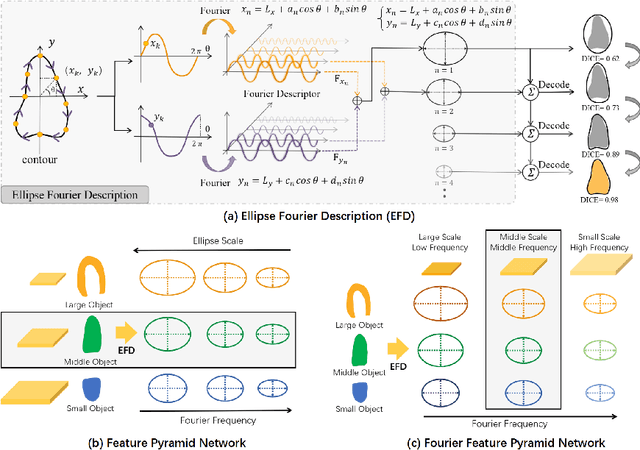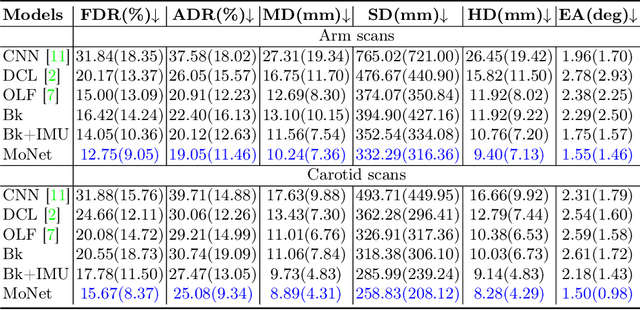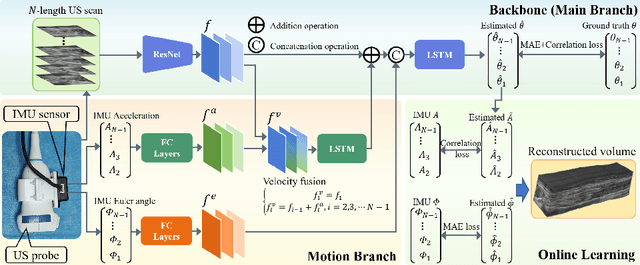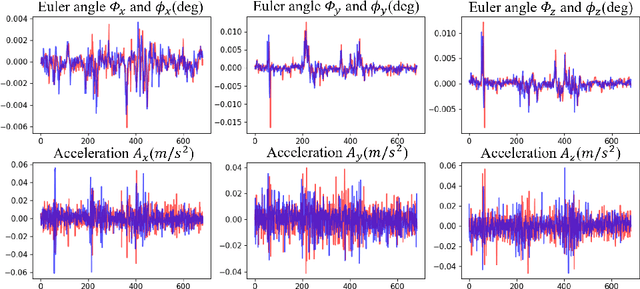Liwei Du
FFPN: Fourier Feature Pyramid Network for Ultrasound Image Segmentation
Aug 26, 2023



Abstract:Ultrasound (US) image segmentation is an active research area that requires real-time and highly accurate analysis in many scenarios. The detect-to-segment (DTS) frameworks have been recently proposed to balance accuracy and efficiency. However, existing approaches may suffer from inadequate contour encoding or fail to effectively leverage the encoded results. In this paper, we introduce a novel Fourier-anchor-based DTS framework called Fourier Feature Pyramid Network (FFPN) to address the aforementioned issues. The contributions of this paper are two fold. First, the FFPN utilizes Fourier Descriptors to adequately encode contours. Specifically, it maps Fourier series with similar amplitudes and frequencies into the same layer of the feature map, thereby effectively utilizing the encoded Fourier information. Second, we propose a Contour Sampling Refinement (CSR) module based on the contour proposals and refined features produced by the FFPN. This module extracts rich features around the predicted contours to further capture detailed information and refine the contours. Extensive experimental results on three large and challenging datasets demonstrate that our method outperforms other DTS methods in terms of accuracy and efficiency. Furthermore, our framework can generalize well to other detection or segmentation tasks.
Deep Motion Network for Freehand 3D Ultrasound Reconstruction
Jul 01, 2022



Abstract:Freehand 3D ultrasound (US) has important clinical value due to its low cost and unrestricted field of view. Recently deep learning algorithms have removed its dependence on bulky and expensive external positioning devices. However, improving reconstruction accuracy is still hampered by difficult elevational displacement estimation and large cumulative drift. In this context, we propose a novel deep motion network (MoNet) that integrates images and a lightweight sensor known as the inertial measurement unit (IMU) from a velocity perspective to alleviate the obstacles mentioned above. Our contribution is two-fold. First, we introduce IMU acceleration for the first time to estimate elevational displacements outside the plane. We propose a temporal and multi-branch structure to mine the valuable information of low signal-to-noise ratio (SNR) acceleration. Second, we propose a multi-modal online self-supervised strategy that leverages IMU information as weak labels for adaptive optimization to reduce drift errors and further ameliorate the impacts of acceleration noise. Experiments show that our proposed method achieves the superior reconstruction performance, exceeding state-of-the-art methods across the board.
 Add to Chrome
Add to Chrome Add to Firefox
Add to Firefox Add to Edge
Add to Edge